Dr. Kotani from our department visited Vietnam National Children's Hospital again to provide guidance on minimally invasive surgery, which he had taught there four years ago and has now reached 700 cases.
700 Children with Congenital Heart Disease Cured by Minimally Invasive Surgery
At Vietnam National Children's Hospital, a 10-month-old infant weighing only 5.5kg with Tetralogy of Fallot became the 700th patient to receive minimally invasive heart surgery with a small incision under the right armpit.
On August 7, the 6-hour surgery was performed by Dr. Nguyen Le Tin Truong, Director of the Pediatric Heart Disease Center at National Children's Hospital, and Dr. Yasuhiro Kotani, Associate Professor of Cardiovascular Surgery at Okayama University Hospital. Dr. Kotani is the person who introduced this technique to Vietnam five years ago.
Since the introduction of minimally invasive heart surgery technique from the armpit five years ago, 700 surgeries have been performed with a 100% success rate, and no child has experienced serious complications or death. Among the patients who have received this treatment, the youngest was only 1.5 months old and the lightest weighed only 3.8kg.
Dr. Truong says that the doctors at the Heart Disease Center are very interested in this new incision method and special surgical techniques.
Before 2018, median sternotomy was the only method for surgery on children with congenital heart disease. This left large scars on the chest wall, required long postoperative periods, and patients suffered from postoperative pain.
According to Dr. Truong, doctors have improved the surgical technique to reduce the burden on patients. The incision, which was previously about 6cm, has now been reduced to 4cm. This has shortened recovery time and mechanical ventilation time, and also helped reduce postoperative pain.
For teenage patients in particular, the small incision under the right armpit not only allows them to return to normal life immediately, but also has excellent cosmetic benefits as the scar is completely hidden under the right armpit, giving them confidence in themselves.
To date, this method has been applied mainly to relatively simple diseases such as ventricular septal defect, atrial septal defect, partial atrioventricular septal defect, anomalous pulmonary venous return, pulmonary valve stenosis or supravalvular aortic stenosis, left atrial myxoma, and cor triatriatum. Doctors must carefully consider whether each case is suitable for this approach.


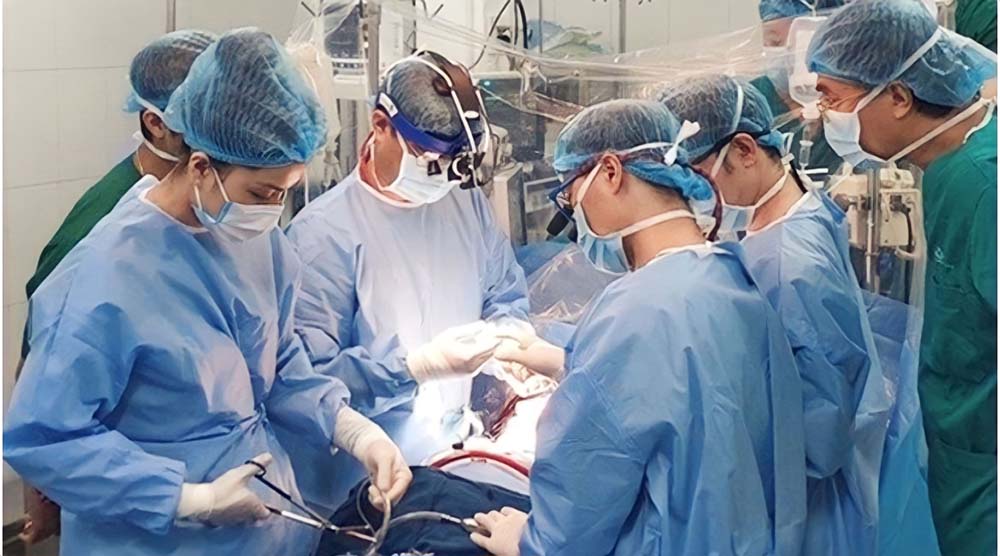
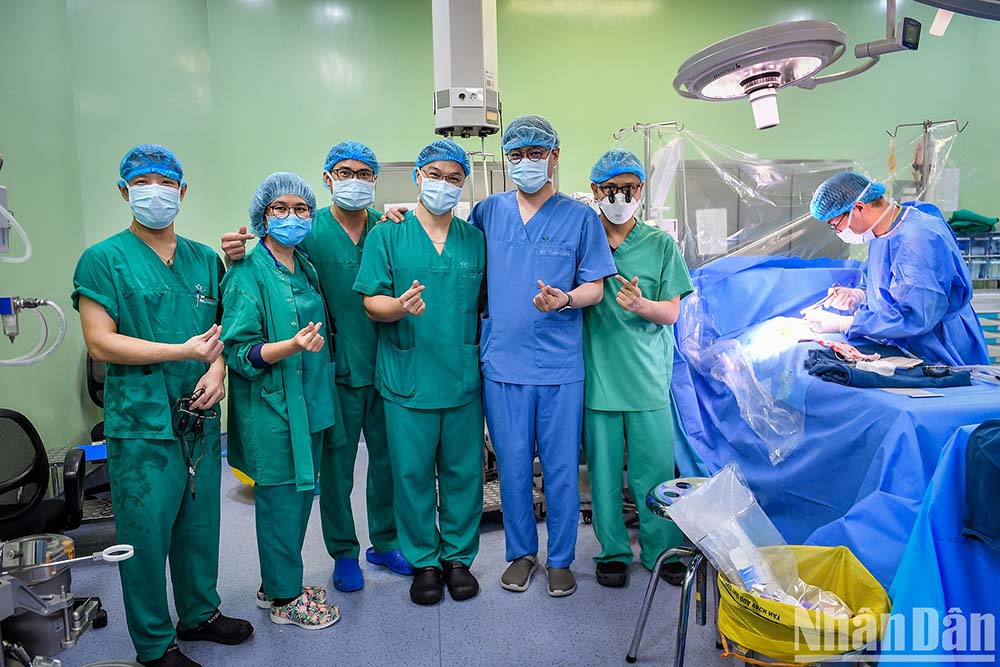
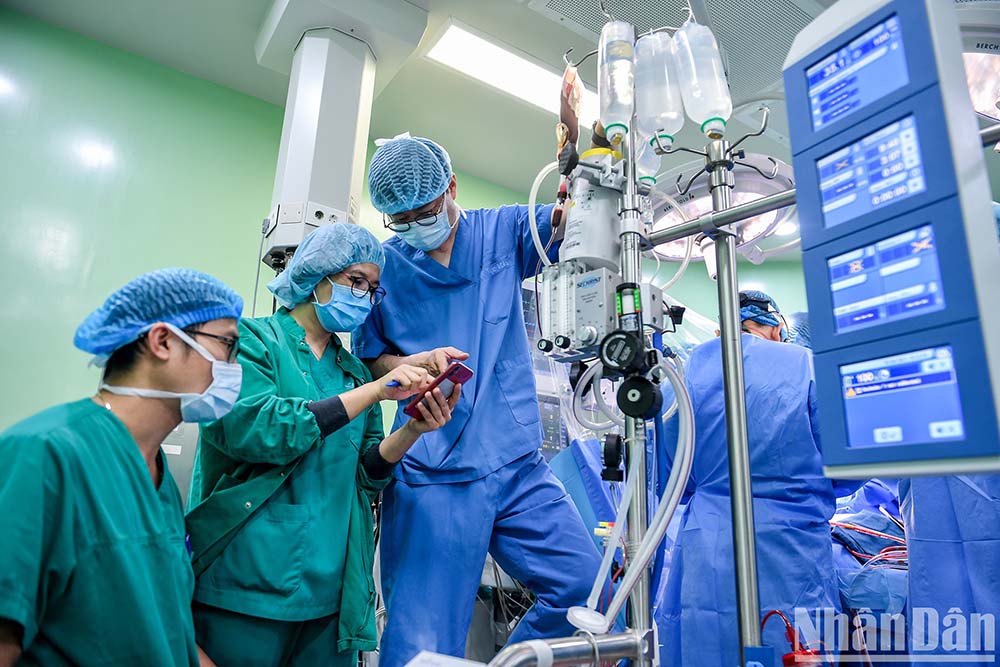
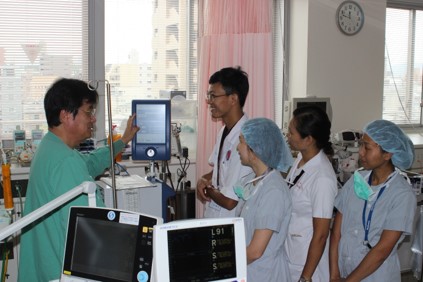
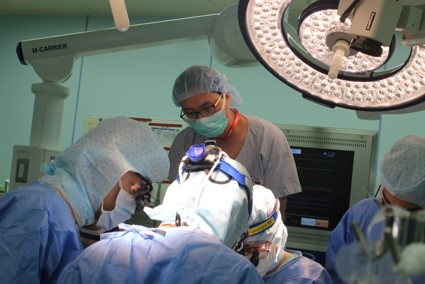
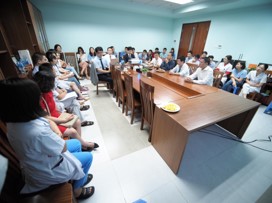
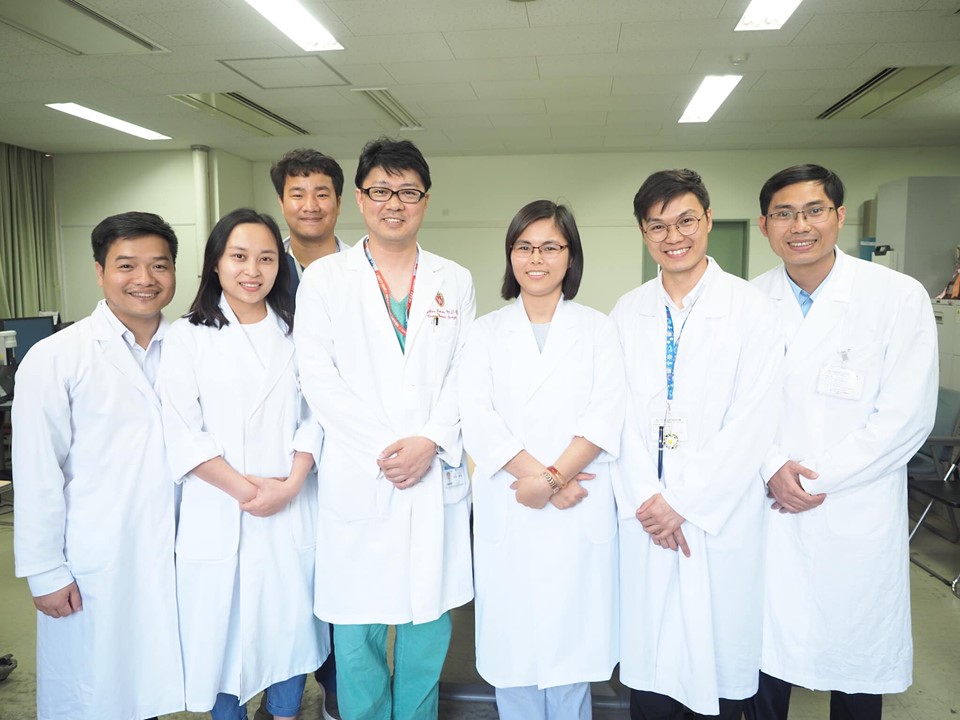
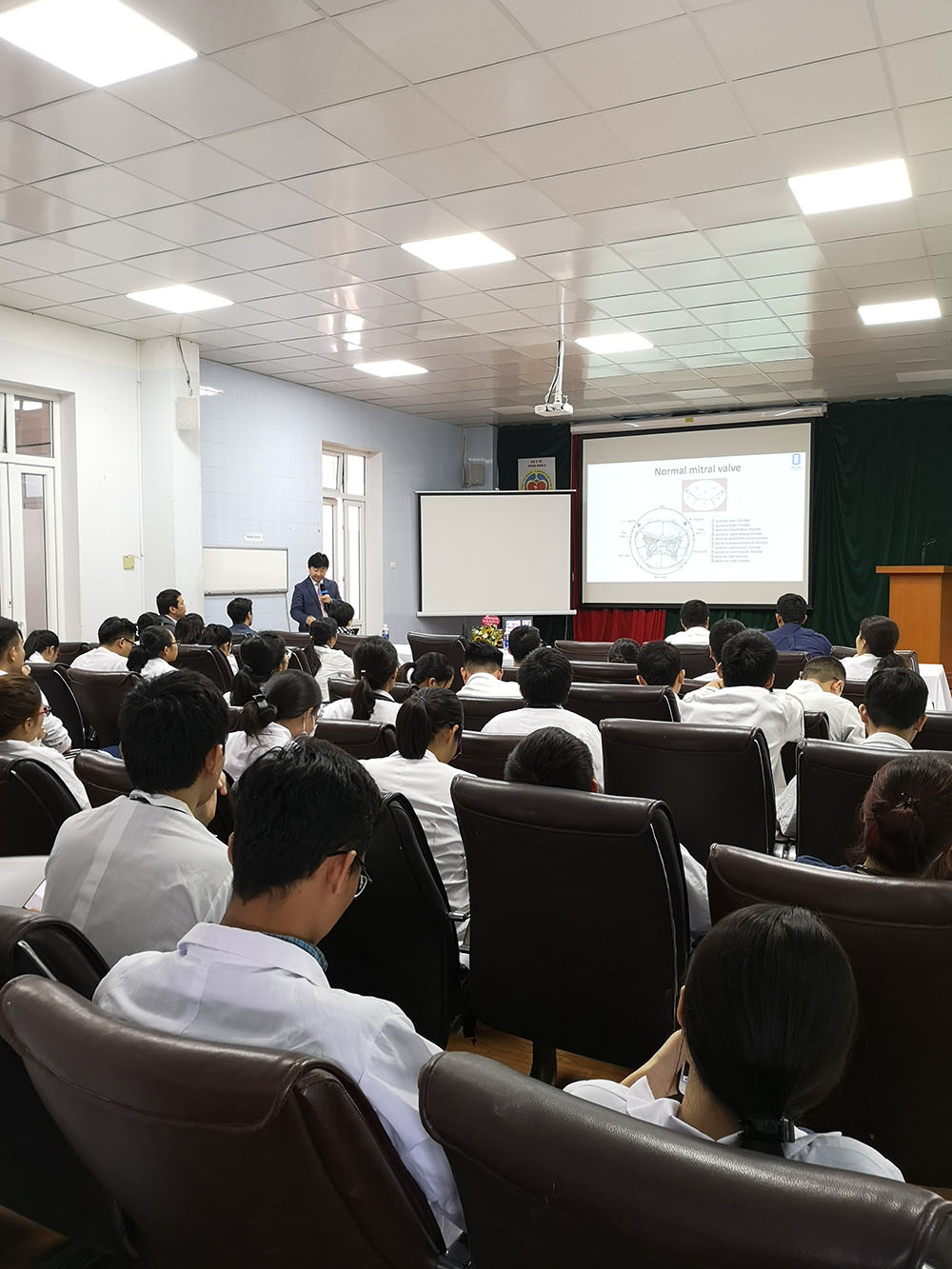
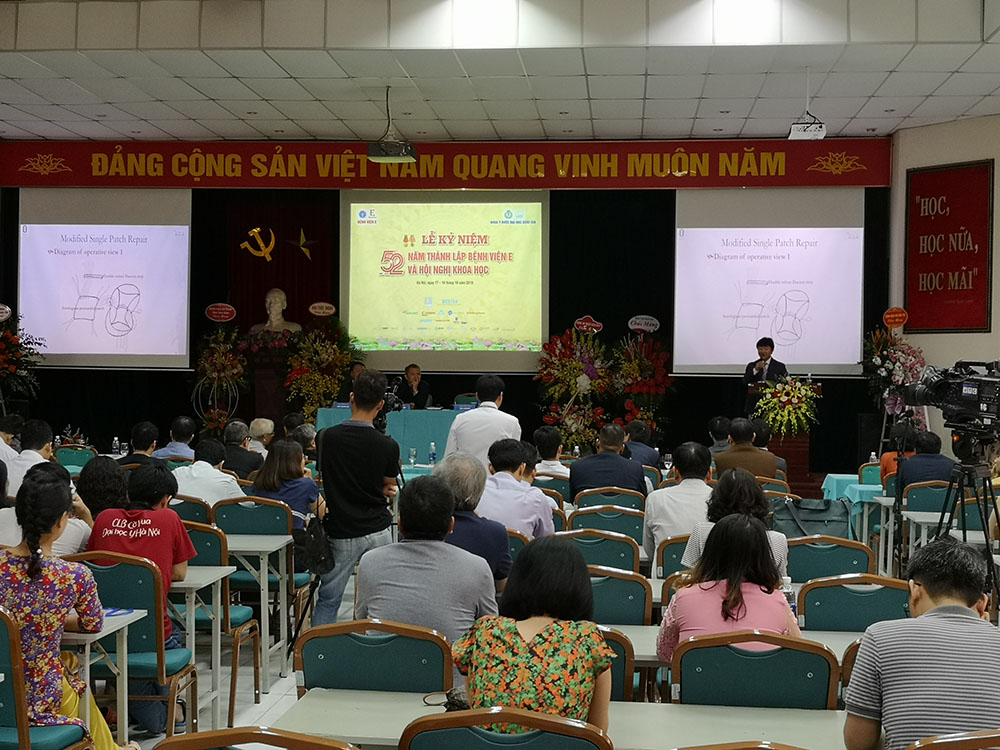
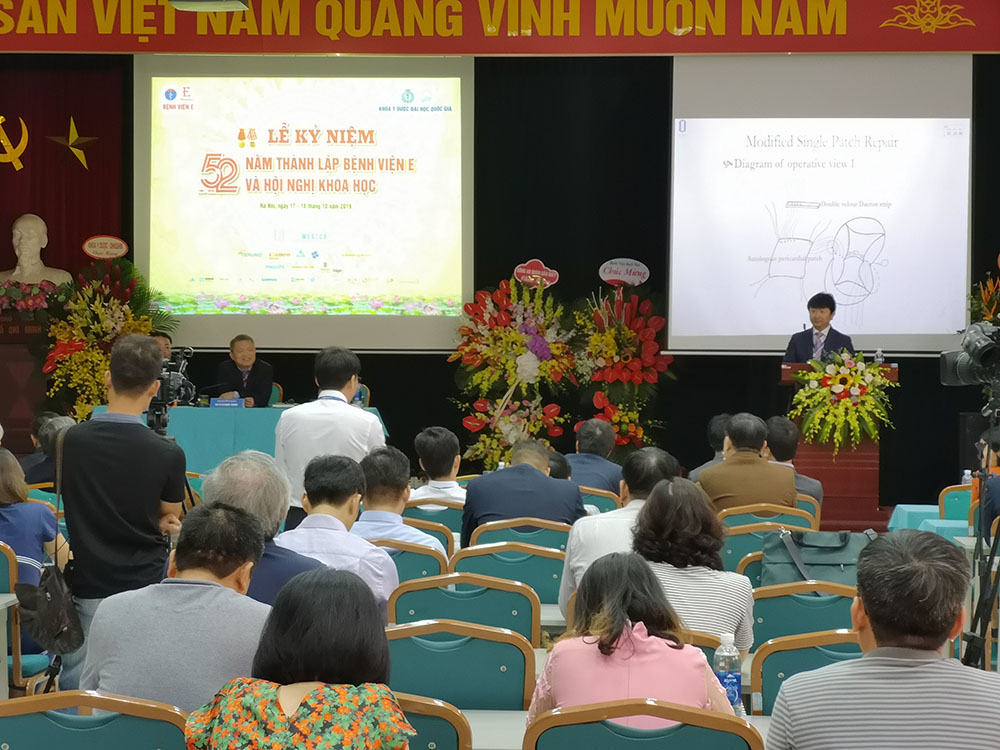
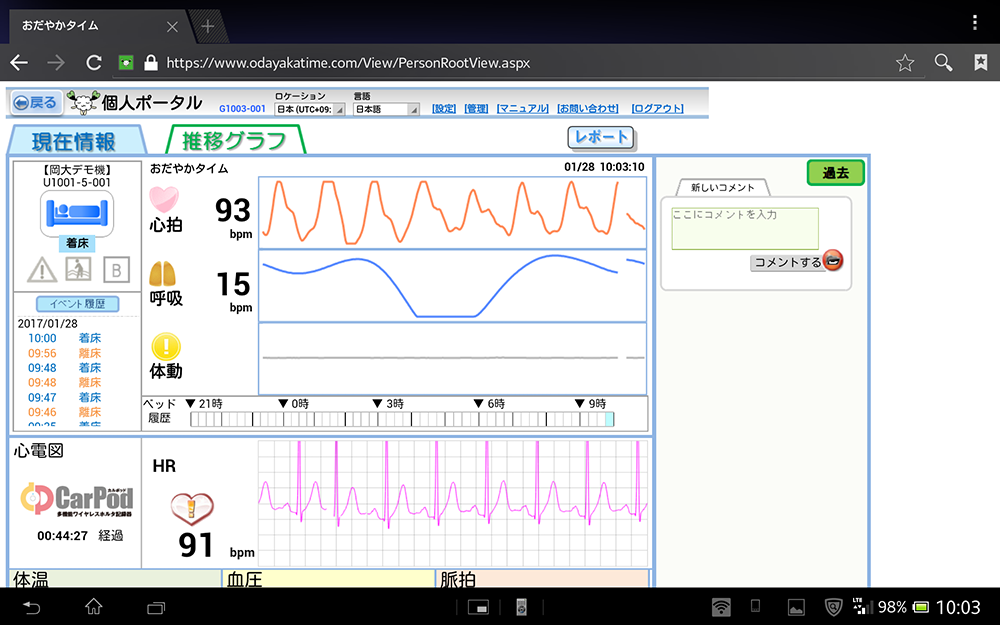
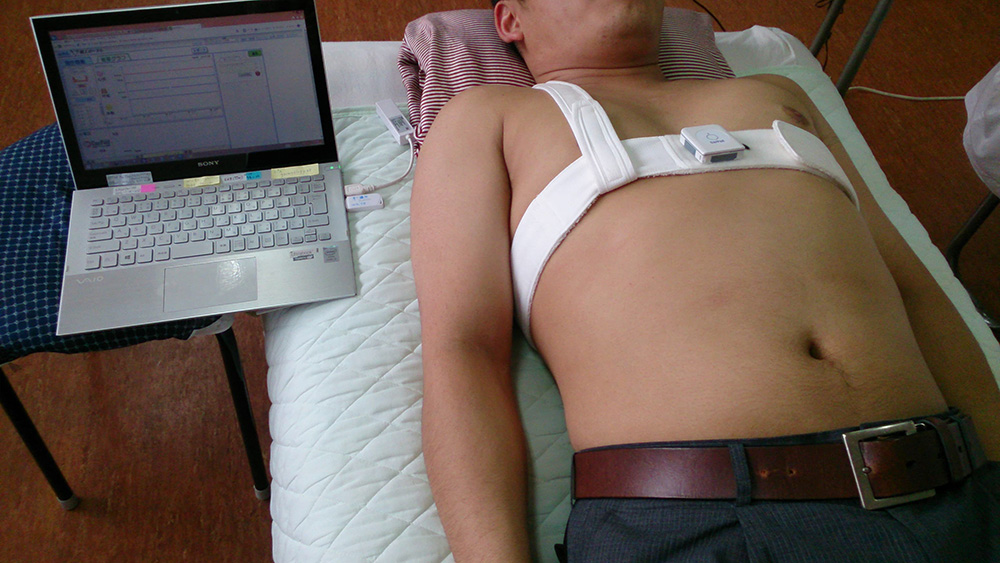
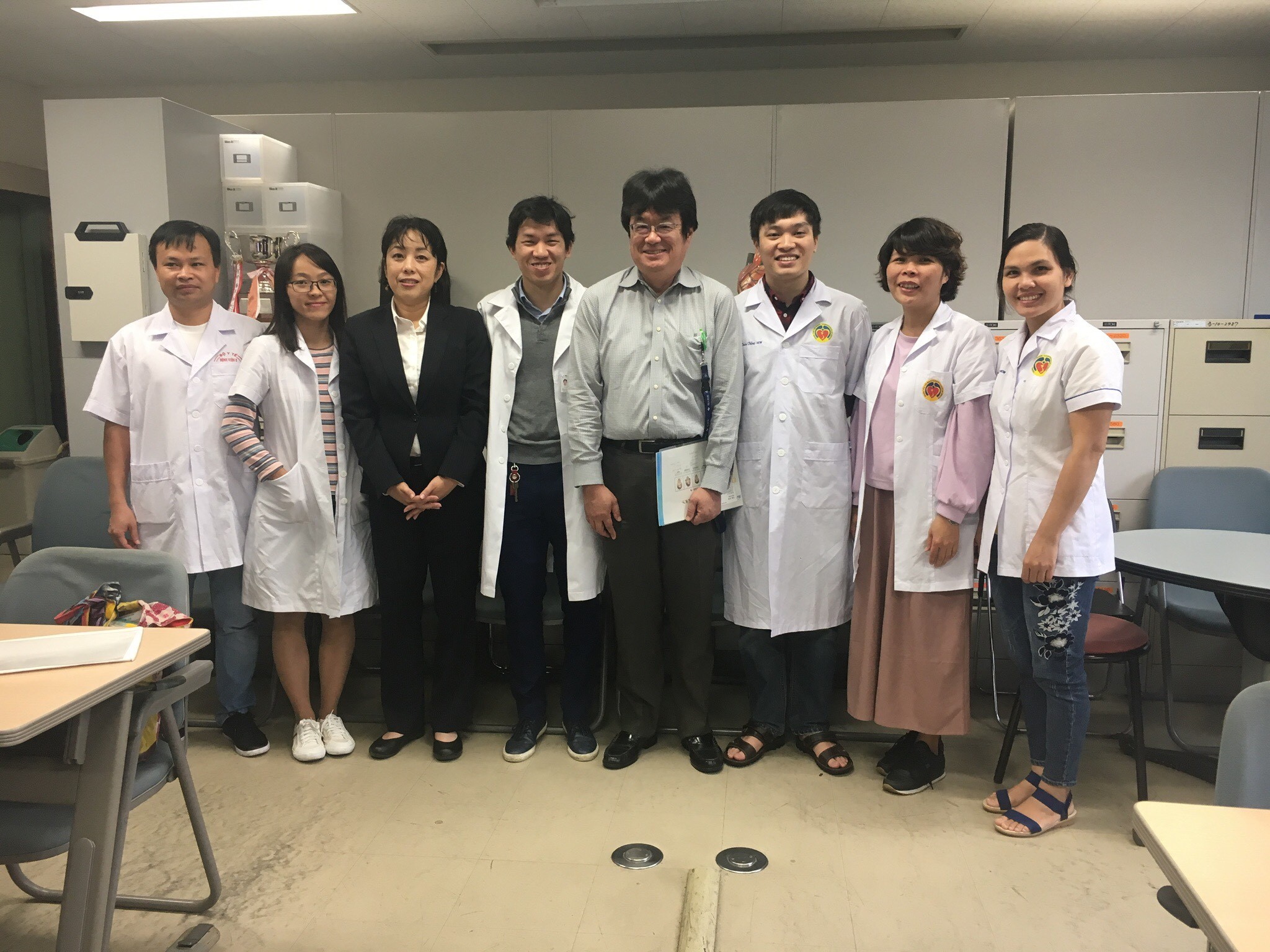
.jpg)